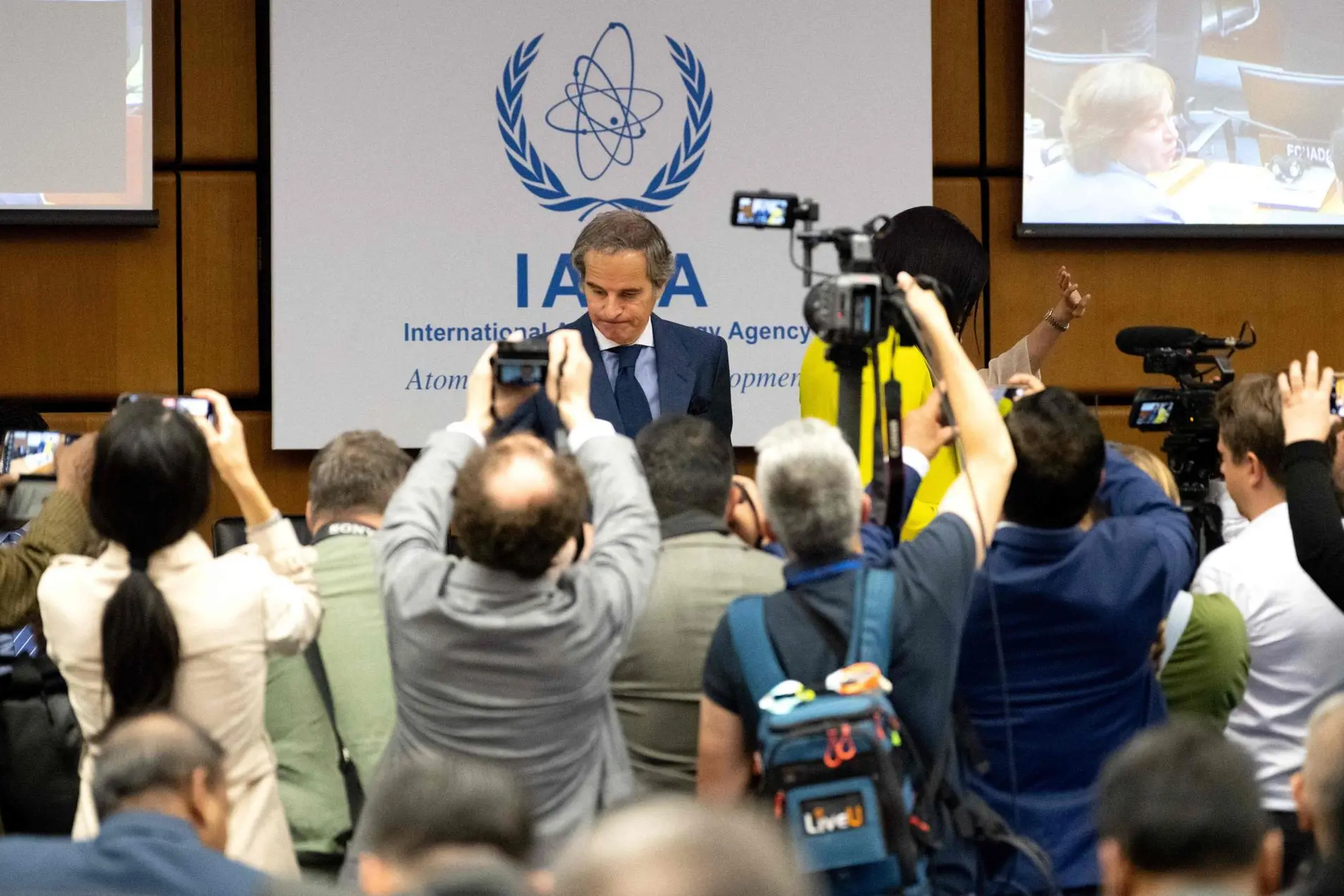Israeli attacks on nuclear sites, IAEA: "No radioactive leak in Iran but the risk exists"
International Atomic Energy Agency warns of contamination riskPer restare aggiornato entra nel nostro canale Whatsapp
After the Israeli strikes that also hit Iranian nuclear power plants, " no radiation leakage " was detected, but "the danger exists ". This was explained by the director general of the International Atomic Energy Agency, Rafael Grossi , to the UN Security Council. "The level of radioactivity outside the Natanz site has remained unchanged and at normal levels, which indicates that there is no external radiological impact on the population or the environment. However, inside the plant there is both radiological and chemical contamination". The director general of the IAEA stated that the Agency "is not currently aware of any damage at Fordow", and that "four buildings at the Esfahan nuclear site were damaged in last Friday's attack". Despite the damage, no increase in radiation levels outside the site has been reported .
The most serious consequences could instead occur at the Bushehr nuclear power plant. The site, in operation, if bombed could cause a very high release of radioactivity into the environment . "The countries in the region have contacted me directly to express their concerns," Grossi added. The situation could also degenerate in the case of an attack that deactivated the only two lines that supply electricity to the plant, because it could cause the "melting of the reactor core, with consequent high release of radioactivity into the environment."
Both scenarios, the director general concluded, would require "protective actions, such as evacuation and shelter of the population or the need to take stable iodine , with a range that would extend from a few to several hundred kilometers."
(Online Union)
